by Julia Flamingo
Digital art is contemporary art.
What is the necessity the contemporary art world has to create different categories for art expressions and mediums? Enhancing verticality and separation instead of acknowledging the fact that art can expand its horizons infinitely? Besides, what is more contemporary than artworks that incorporate recent technological developments to them?

At HEK - House of Electronic Arts, in Basel, such arguments are what seems to guide the art center’s vision. Created in 2011, HEK is dedicated to digital culture and the new art forms in the Information Age. It acts as a platform that promotes aesthetic practices that employ new technologies, at the same time it gives space to artists to critically address them in their works. “We do exhibitions focused on media art, digital art, electronic art, but for us, it is more about the topics, not the technology per se,” said the Head of Program, Boris Magrini, during his interview with Artpool. “We are interested in working with artists that, through their works, approach topics like AI, Blockchain, social networks, and cryptocurrencies. It is not about celebrating these technologies but enhancing discussions. This is one of the things we most cherish in a work”. Art has always helped us to better understand the world, and this case is no different. Digital culture is part of our day-to-day lives, and contemporary art can create bridges to enable better comprehension of the changing world we live in.
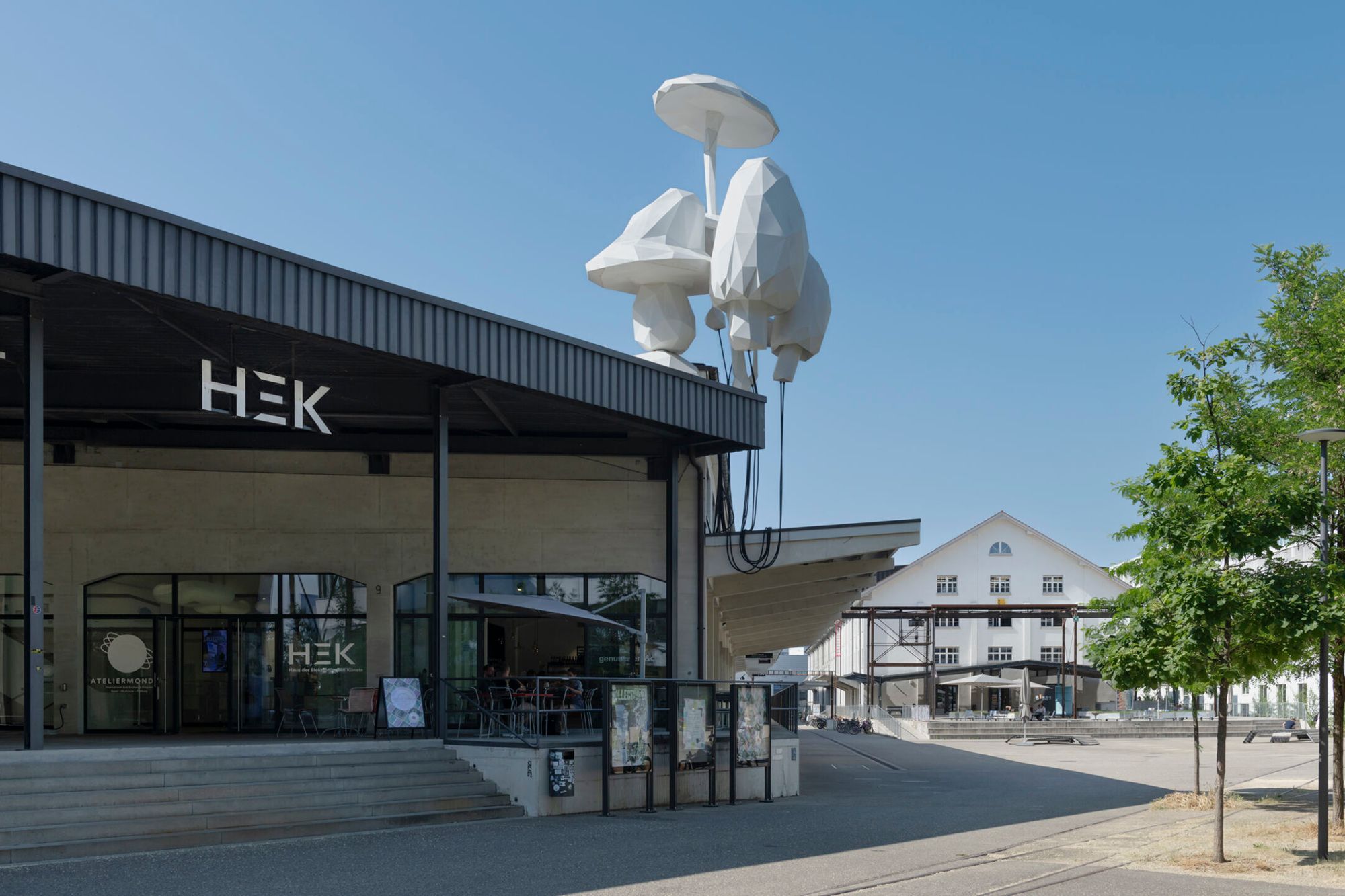
The exhibition Exploring the Decentralized Web: Art on the Blockchain, which opened September 1st at HEK, gathers art pieces created by around twenty international artists and collectives who offer insights into the world of decentralized internet and cryptocurrencies from their artistic perspectives. Lifeforms, for instance, is an ironic project by Sarah Friend, who created NFTs that have a brief duration if people don’t pass them over. They will only survive if they are regularly sold, regardless of whether the sale generates profit or loss for their owners. It is a conceptual, ephemeral, and collective series of work in the form of NFTs that actually criticizes them: lots of people capitalize on NFTs, and keep them only to sell when prices are high. Whereas, when thinking about art what should matter, in theory, is the digital artwork the NFT points to. Shouldn’t an artwork last for its entire lifetime? Sarah Friend Is clearly inspired by some of the first conceptual artists and celebrated pieces of the 1960s, such as Artist’s Shit by Piero Manzoni. Curious buyers who would open the can to certify if there actually were feces inside them would end it all.
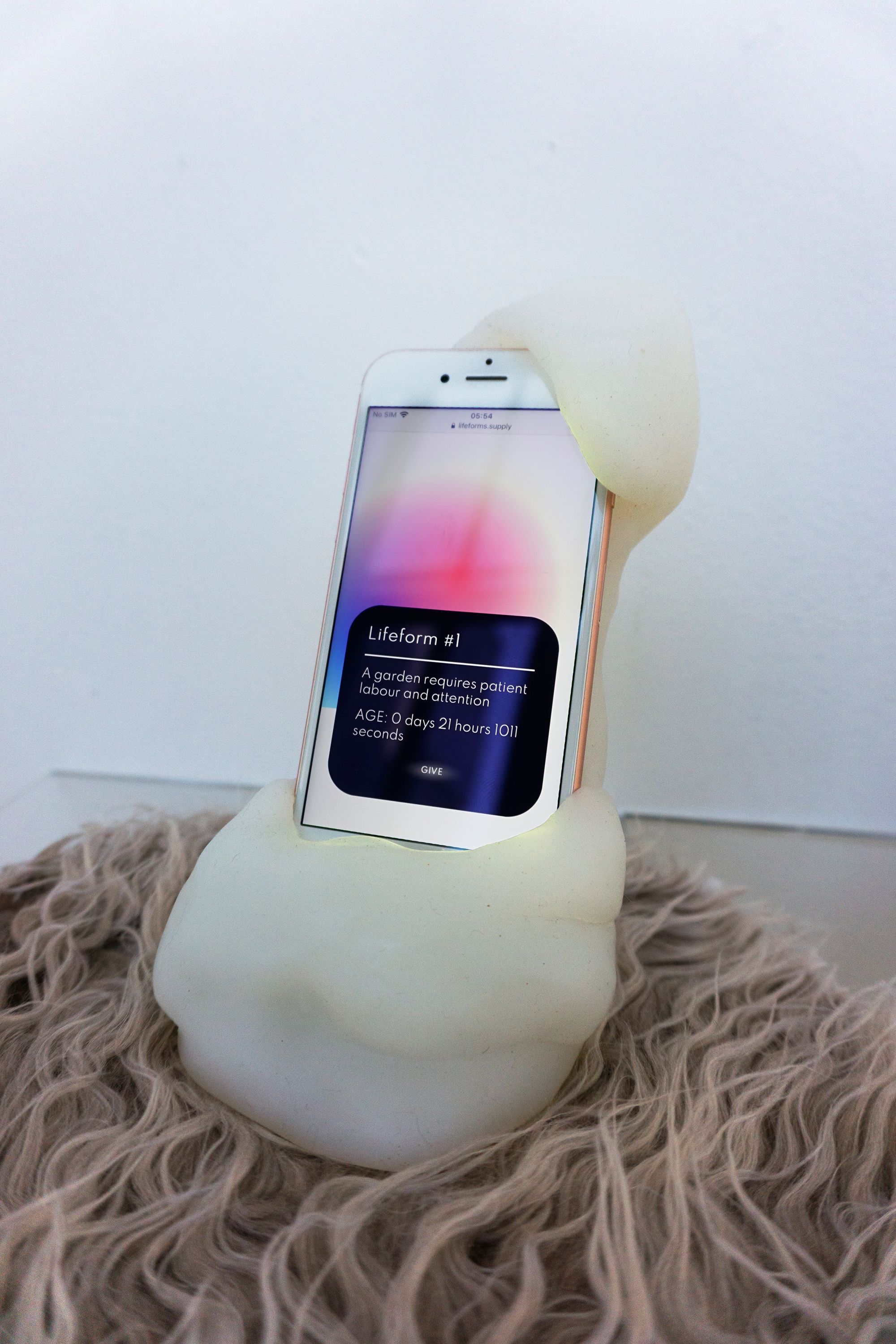
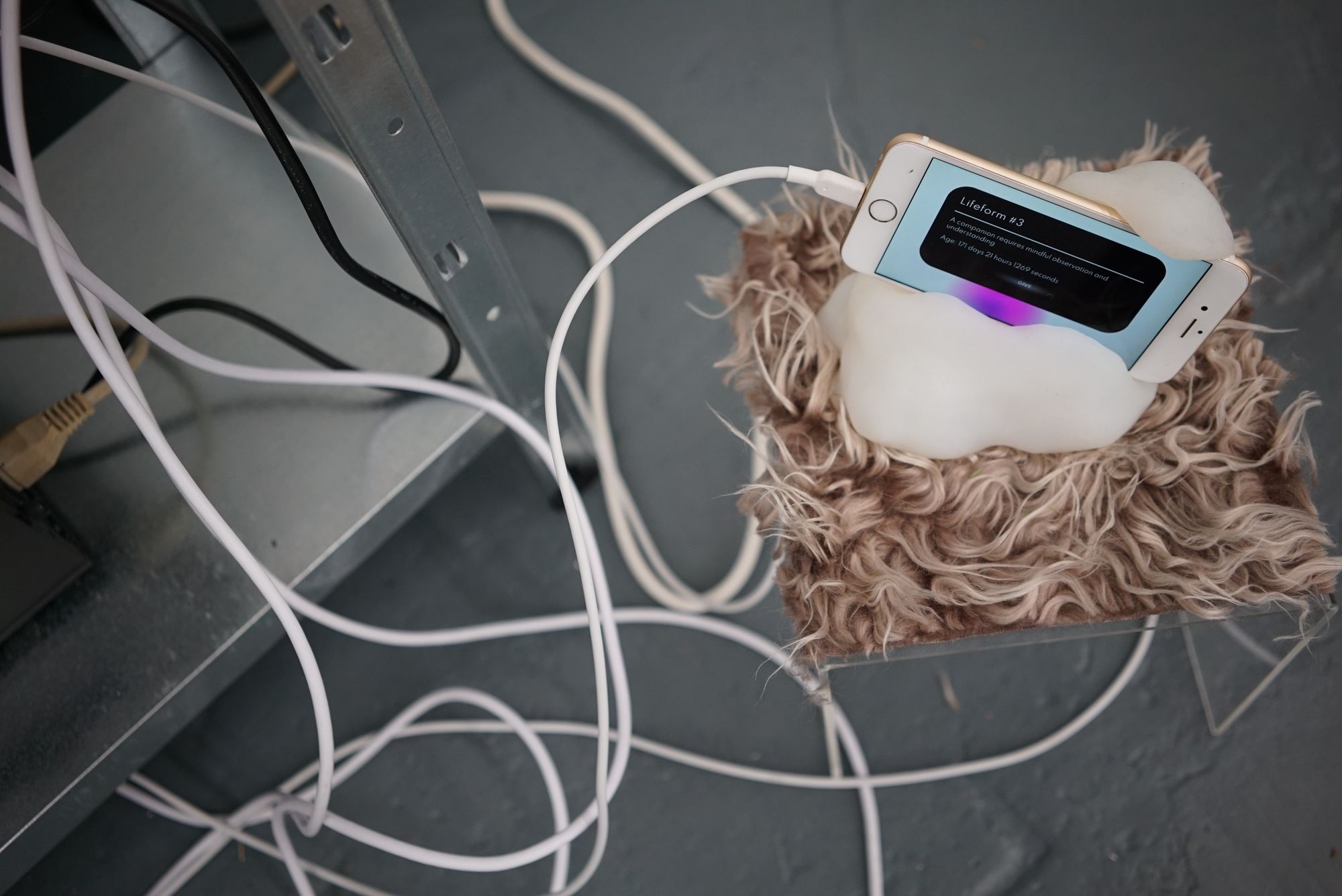
The physical outcome of Lifeforms is an installation that creates a sort of cemetery of the NFTs that have disappeared. Another participant in the exhibition is artist, hacker, and writer Rhea Myers, considered among the first artists to create conceptual on-chain works. She presents a piece that allows visitors to intervene and change the instruction of the smart contract, alternating the state of the contract with the consequent public information assuming the work to be art - or not. The question was at the core of the work of celebrated contemporary artists, who were constantly defying and pushing the limits of art. In fact, the term 'Conceptual Art' was born out of the belief that ideas, or concepts, come first, then the medium would indicate to an artist how he or she would go about making a work of art. In the case of Rhea Myers, the medium is a participatory digital work on the Blockchain.
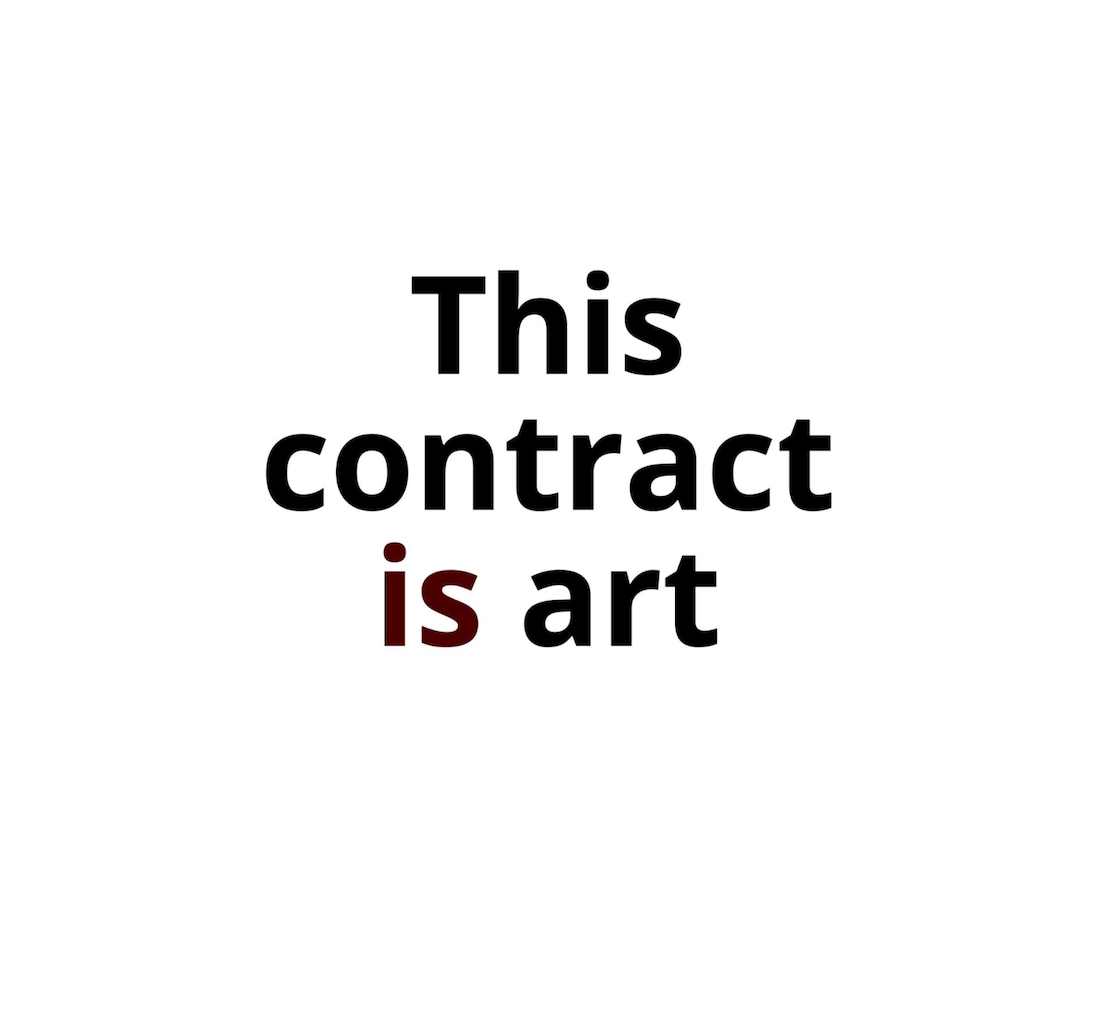
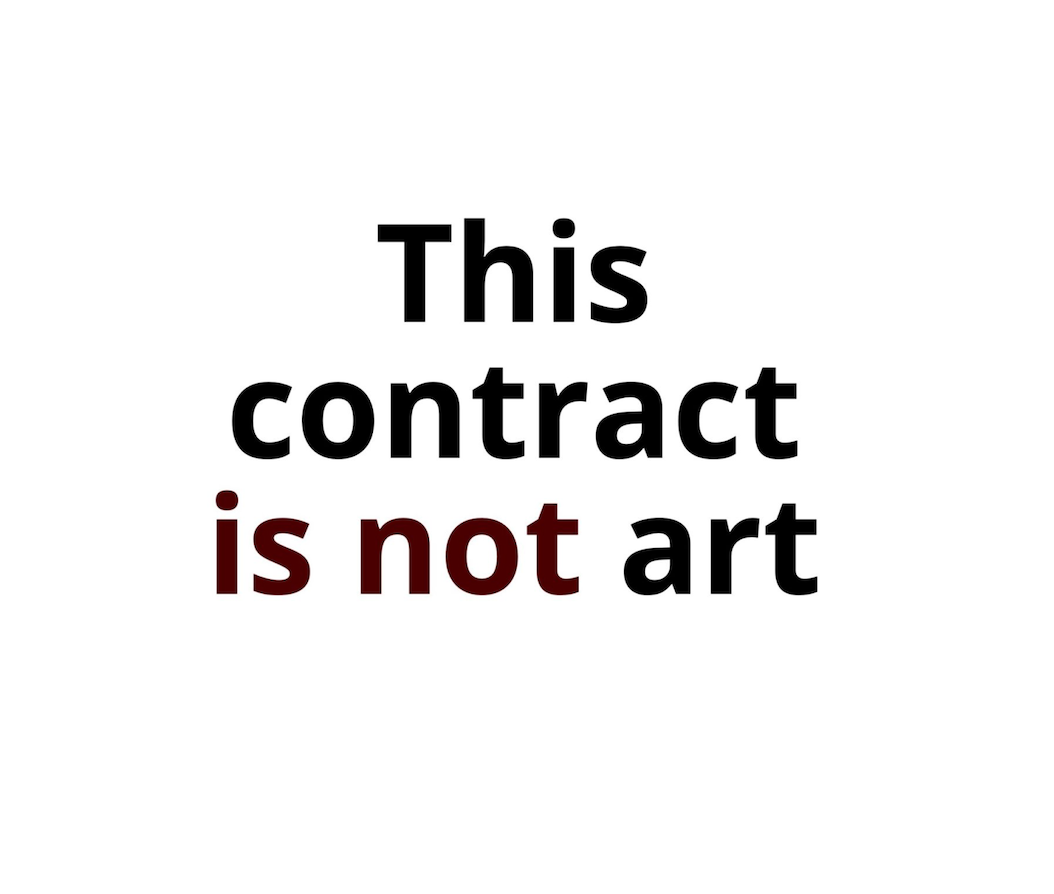
“We don’t make a difference between mediums. Video, photography, they have been new mediums somehow and they have been integrated into art” says Boris Magrini who, alongside Sabine Himmelsbach, is also the curator of the show. He claims: “Digital art is now a part of art history”. Trained as an art historian at the University of Geneva, he holds a PhD at the University of Zurich with the topic of Artificial Intelligence and Art, and accomplished his thesis in the book “Confronting the Machine” (Berlin/Boston: de Gruyter 2017). “Younger generations of artists don't separate digital art from more traditional media, they use computers on a daily basis,” he adds. Other celebrated artists such as Operator, Constant Dullaart and the Russian collective eeefff also take part in the two-chapter exhibition, starting with HEK’s previous show, Collective Worldbuilding – Art in the Metaverse.
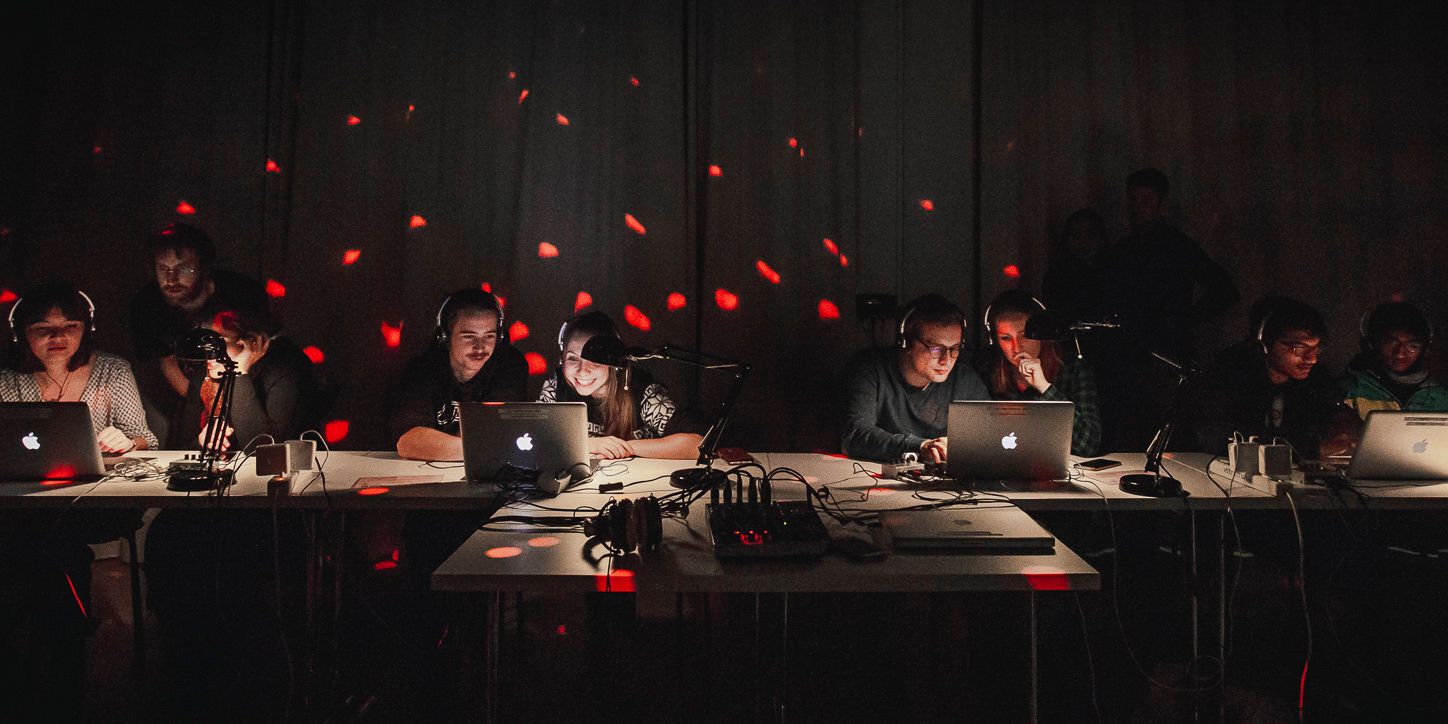
HEK is also launching a “friends of the museum” sort of club, in which individuals may become supporters by acquiring a HEK Token. “It is a mixing of the new format of DAO, a decentralized organization based on smart contract and blockchain, and a traditional 'friends of the museum'”, explains Magrini. Part of the HEK’s mission is to offer onboarding workshops and knowledge sharing to help individuals get familiar with the blockchain environment.
Contemporary artists have been constantly trying to expand the borders of art at least since 1917, with Fountain by Marcel Duchamp. More than a Century later, and the Western art world still doesn’t acknowledge what is new, unknown, and challenging. Bit by bit, institutional initiatives like HEK are backing up digital artists to proclaim there is space for everything in the contemporary art world.
Exploring the Decentralized Web: Art on the Blockchain is on view at HEK - House of Electronic Arts, in Baselm, through November 12th